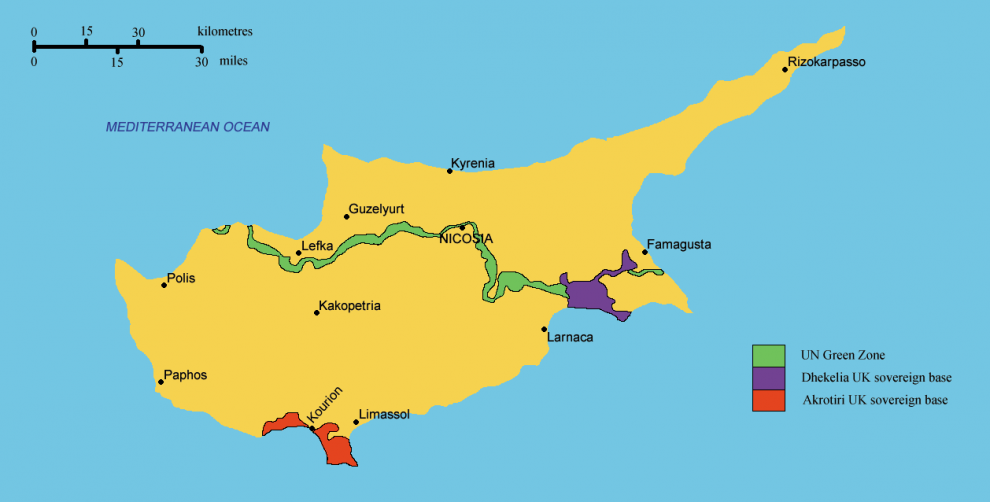Green Line - United Nations Buffer Zone
The Green Line divides Cyprus into two regions, the Republic of Cyprus and Occupied Cyprus since 1974
The Green Line or officially known as "UN Interference Line" in Cyprus, " is the point which, since 1974, is the border between free and Turkish-occupied areas of Cyprus.
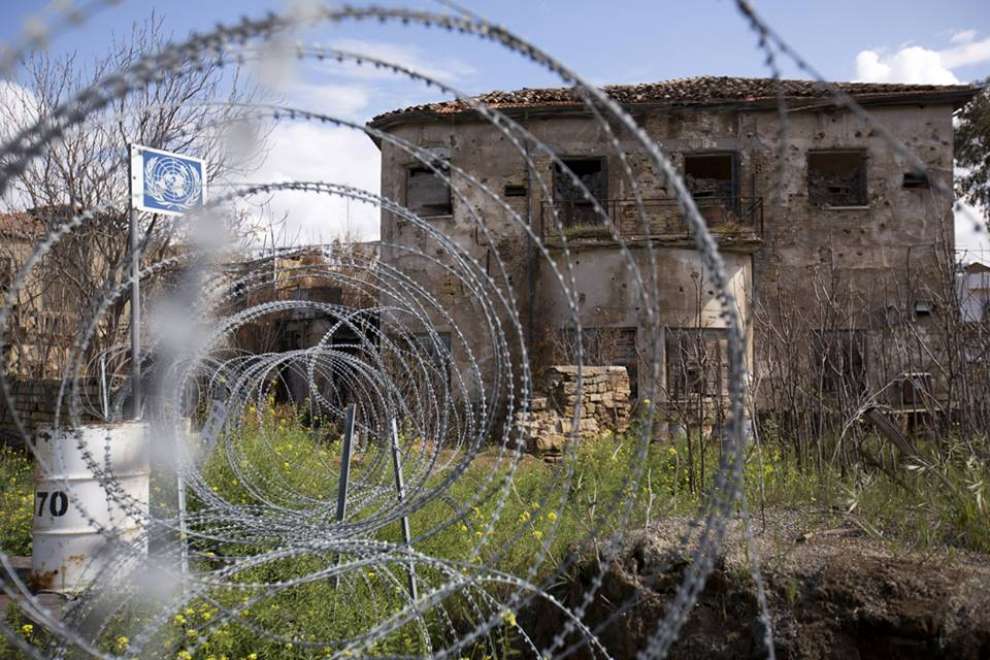 Photo:Αλησμόνητες πατρίδες Ελλήνων
Photo:Αλησμόνητες πατρίδες Ελλήνων
The story of the creation of the green line began on the evening of December 21, 1963, when a common and insignificant daily episode (at first sight) broke out of great tension and extent of bi-communal riots and with Turkey threatening to intervene in our Cyprus.
The relevant agreement establishing the existence of the Green Line in Cyprus was signed on December 30, 1963 in Nicosia, by the British Colonial Minister, Dankan Sandis, the President of the Republic of Cyprus, Archbishop Makarios, the Vice President of the Republic of Cyprus, Fazil Koutsouk, Cypriot House Glafko Clerides and the President of the Turkish Cypriot Community Assembly, Rauf Dektatis. After the situation was considered dangerous, to avoid escalating tension between Greek Cypriots and Turkish Cypriots, the then commander of the British forces in Cyprus, General Yang, drew it and delineated it with a green pencil on the map. From this fact it also bears its name as "green line". At first, the green line did not extend all over Cyprus, but it only existed in Nicosia, which remains the only divided capital in the world. Later it was extended to all areas where Turkish Cypriot enclaves existed.
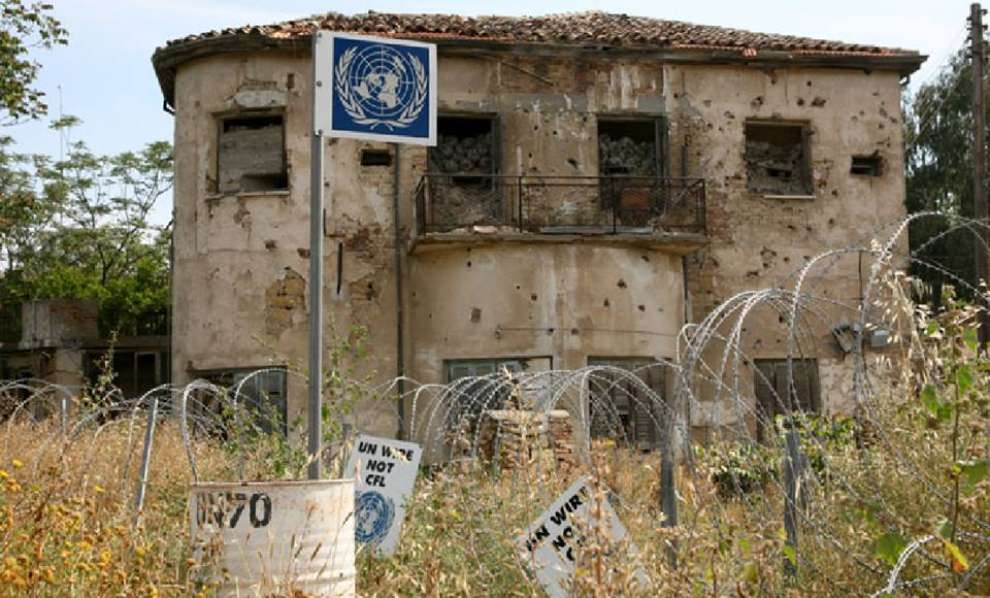 Photo:Ντίνος Ορφανός
Photo:Ντίνος Ορφανός
Under the mandate of the Junta of Athens, with the aim of overthrowing the then President of the Republic of Cyprus Archbishop Makarios III and the achievement of the union with Greece, the coup d'état of 15 July 1974 took place in Cyprus. On July 20, 1974, after the coup d'état had expired, Turkey invoked Article 4 of the Treaty of Guarantee, illegally invading Cyprus. On 23 July, Nikos Samson, who was appointed President of Cyprus for eight days after the coup, had resigned before the collapse, as did the military regime in Greece.
Unfortunately the events in Cyprus continued to unfold and with a second operation, Atila II, the blunt 14 August 1974, the second phase of the Turkish invasion in Cyprus began, after the wreck caused by the Turks in the Geneva talks, Turkey seized 36% of the territory of the Republic of Cyprus displaced 180 thousand Cypriots while another 20 thousand remained imprisoned. Altogether about 3,000 Greek Cypriots were killed.
The Turkish invasion of Cyprus in 1974 also created a long list of missing persons. At first, the number of missing persons was 1619 Greeks, who were mainly or only military and civilian, including women and children, either arrested by Turkish invasion forces during July and August 1974, or disappeared long after expiration of hostilities in areas under the control of the Turkish army, and are now missing. Turkey has not provided any information. Recently, and after research and DNA identification of the remains, the number of Greek missing persons dropped to 1532. We hope this figure is reduced as scientific methods identify other relics and be minimized. This, of course, will happen if Turkey "allows" exiles in the occupied area of the island. Let us also mention that an unknown number of Turkish Cypriots is also ignored.
Following the Turkish barbaric invasion of 20 July 1974 in Cyprus, the green line extended to 300 km and divided the southern part of the island from the northern part of the island until today (2018).
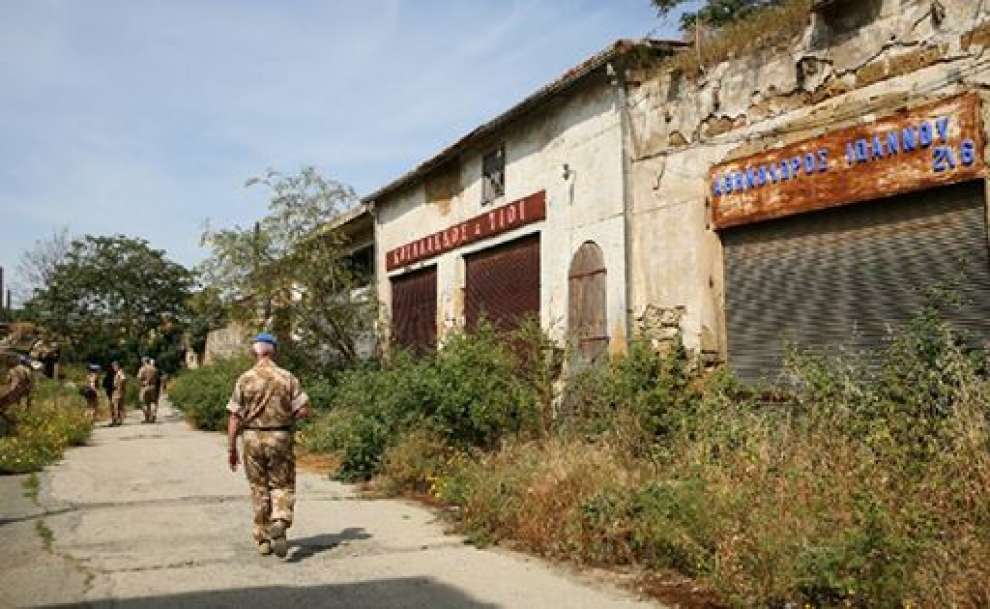 Photo:Ντίνος Ορφανός
Photo:Ντίνος Ορφανός
Today (2018), the Green Line is controlled by the men of the UN peacekeeping force, arriving in Cyprus in March 1964, in order to prevent further conflicts and to ensure the maintenance of the normality in the region. The Green Line is also called Neutral Zone, Attila Line, Neutral Zone, and Cutoff Line.
In 2003, the pseudo-state declared by the Turkish Cypriots in the occupied northern area of Cyprus, decided to let citizens pass relatively free but under certain conditions and at specific crossing points of the Green Line. Anyone attempting a trek along the green line will be faced with the history of those areas with images of yesterday and today. They will face the utter destruction brought about by the Turkish invasion of the greatness and desolation of an entire region. They will see half-broken buildings, wooden shutters scrawled and rotten, broken doors and fences, repulsive barbed wire, and the absence of happy voices by young children, trees that are durable but unpalatable, rubbish rubbed and the creepy "sound" of absolute pain and desire for freedom.
From time to time, small and larger episodes have occurred along the green line between Greek Cypriots and Turkish Cypriots. On 11 August 1996, Greek Cypriot protesters entered the Negro Zone in the Deryneia community in the Famagusta province, despite the relative ban on entry. There they were brutally assaulted by Turkish Cypriot citizens and policemen, and the 24-year-old hero Tasos Isaak was beaten to death. Members of the well-known UN peacekeeping force were close but unfortunately provocatively "chose" not to intervene.
Another insulted the Greek Cypriot (Isaac's cousin), the 26-year-old hero Solomos Solomou from Paralimni, was also killed by a Turks fire just three days after Isaac's wild assassination. Solomos Solomou escaped from the UN blue-caps, crossed to the dead zone and tried to climb a web to lower the Turkish flag as a sign of mourning for his cousin's unjust death. Some of the people there that were more calm tried to prevent him but eventually did not succeed. He was shot by the Turkish arrestors and dropped dead from a bullet in the area of his throat. The TV crews killed the murder and transmitted it quickly and repeatedly across the world, as well as Isaac's murder. In these two episodes, many others were also injured by bullets of the Turkish conquerors.
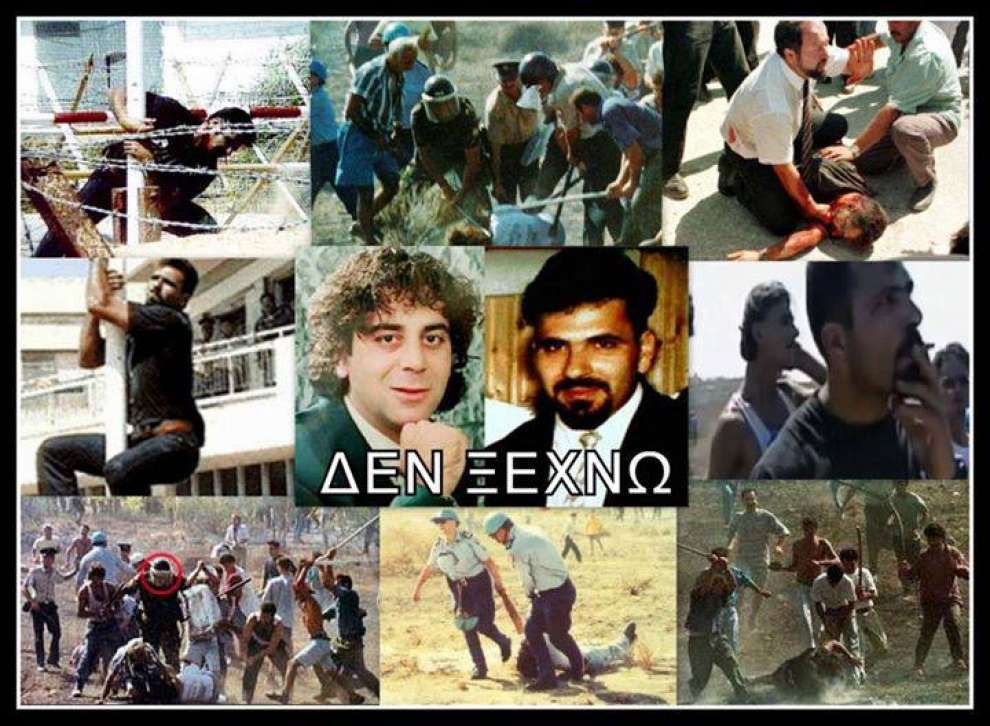

 English
English
 Ελληνικά
Ελληνικά Русский
Русский